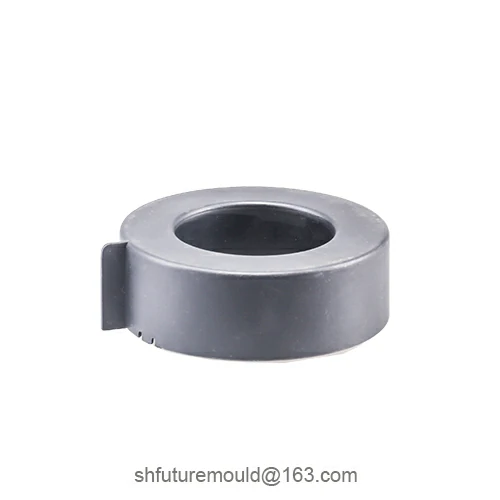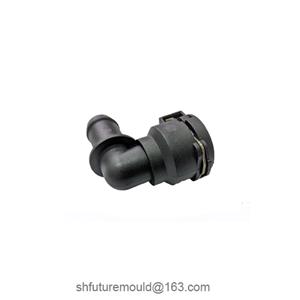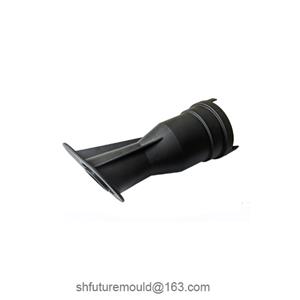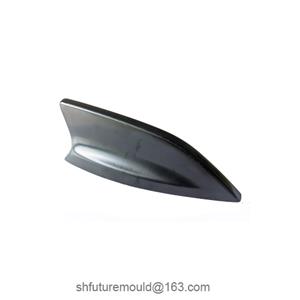Surface Strengthening Treatments for Injection Molds
Surface strengthening treatments for injection molds are crucial for enhancing mold wear resistance, and corrosion resistance, and extending service life. By applying these treatments, manufacturers can improve product quality, reduce production costs, and boost efficiency.
I. Principles and Objectives of Strengthening Treatments
Principles:
Surface strengthening involves applying physical, chemical, or mechanical methods to form a hardened layer or protective film on the mold surface. This layer typically exhibits higher hardness and wear resistance, effectively resisting damage from high temperatures, pressure, and friction.
Objectives:
Extend Mold Lifespan: The strengthened layer reduces wear and corrosion, minimizing replacement frequency.
Improve Product Quality: A uniform, hardened surface enhances the surface finish of molded parts and reduces defects.
Lower Production Costs: Efficient production is achieved by reducing mold maintenance and downtime.
II. Common Surface Strengthening Methods
1. Hardening Heat Treatment:
By controlling heating and rapid cooling, a hardened layer (e.g., martensite) forms on the mold surface, improving hardness and wear resistance. Suitable for steel molds, but requires strict control of heating temperature and duration.
2. Nitriding Treatment:
Nitrogen is diffused into the mold surface at high temperatures to create a nitride layer. Common methods include gas nitriding and ion nitriding. Offers high hardness, excellent corrosion resistance, and wear resistance. Lower processing temperatures minimize base material distortion.
3. PVD (Physical Vapor Deposition):
A metal or ceramic coating is deposited onto the mold surface in a vacuum via evaporation or sputtering. PVD coatings provide extreme hardness and low friction coefficients, significantly enhancing wear resistance. Ideal for high-precision molds.
4. Chromium Plating:
Electroplating or electroless plating is used to form a hard chromium alloy layer on the mold surface. This method improves surface hardness, wear resistance, and smoothness while offering corrosion resistance. However, environmental concerns (e.g., hexavalent chromium emissions) must be addressed.
- Injection Mold
- Automotive Injection Mold
- Electronics & Electrical Injection Mold
- Consumer Goods Injection Mold
- Airplane Components Injection Mold
- Medical Components Injection Mold
- Irrigation Components Injection Mold
- Injection Molds




